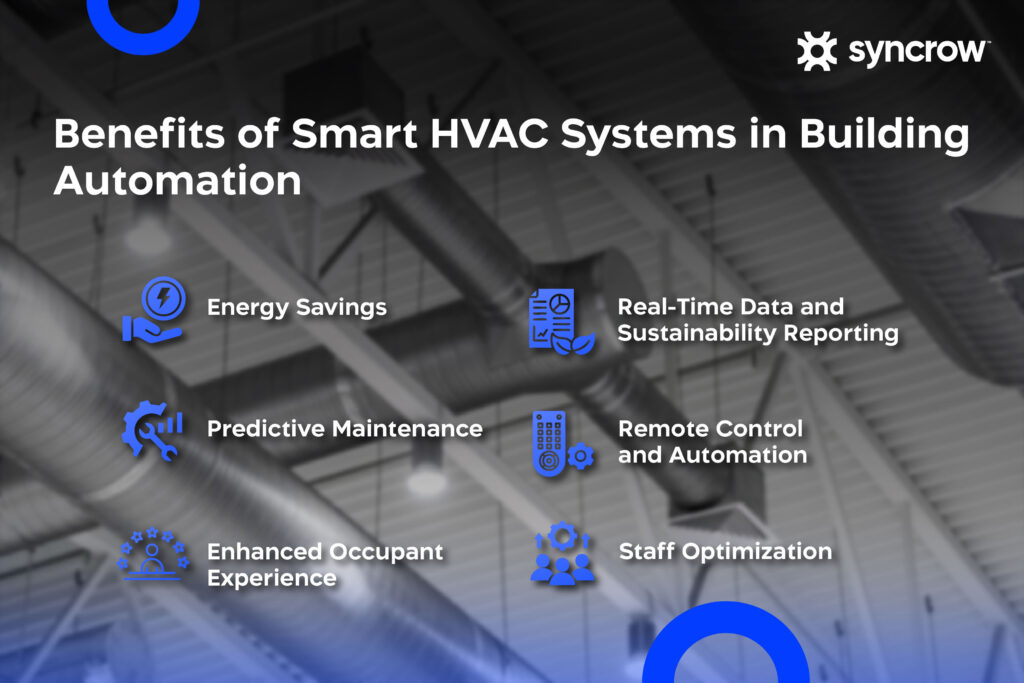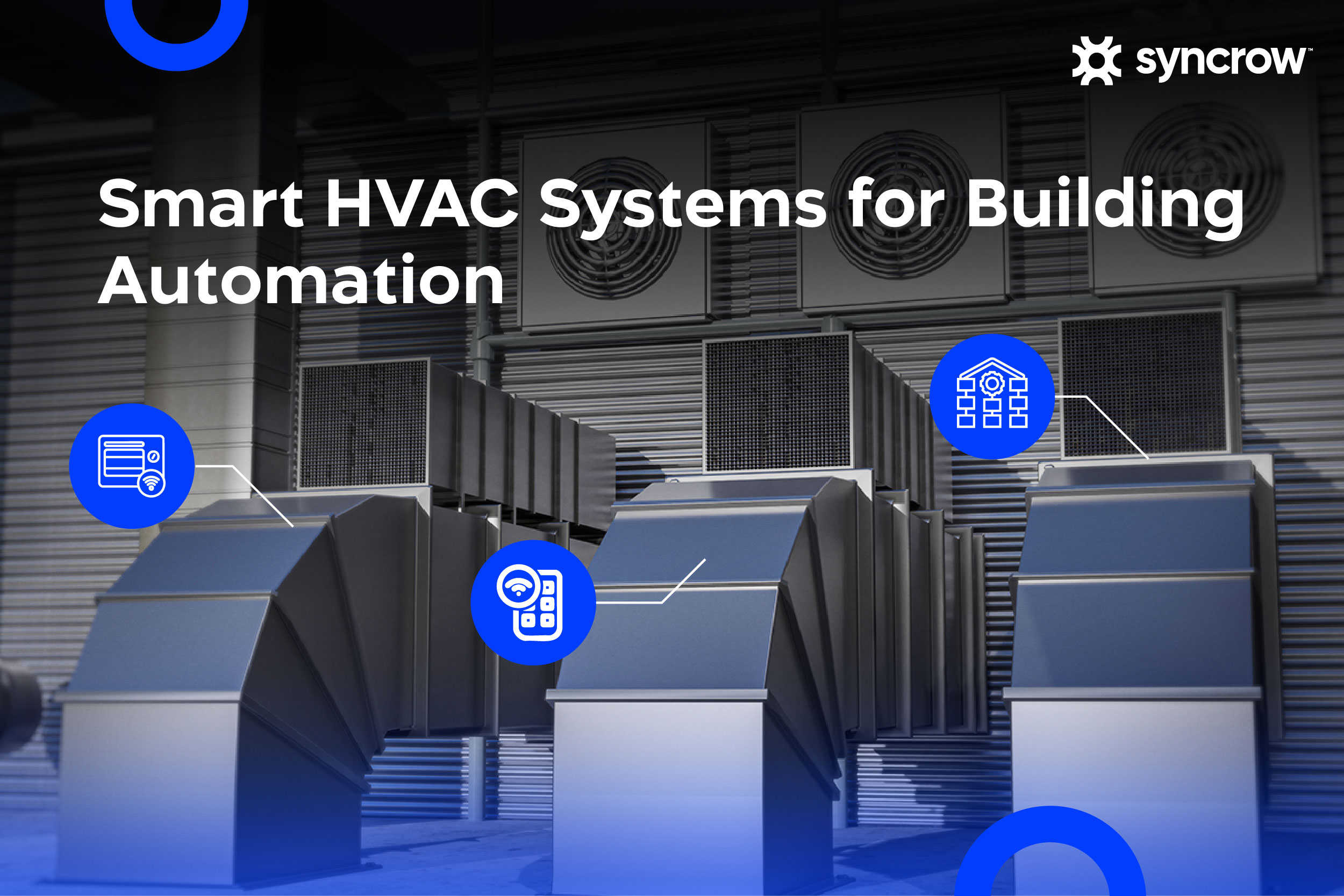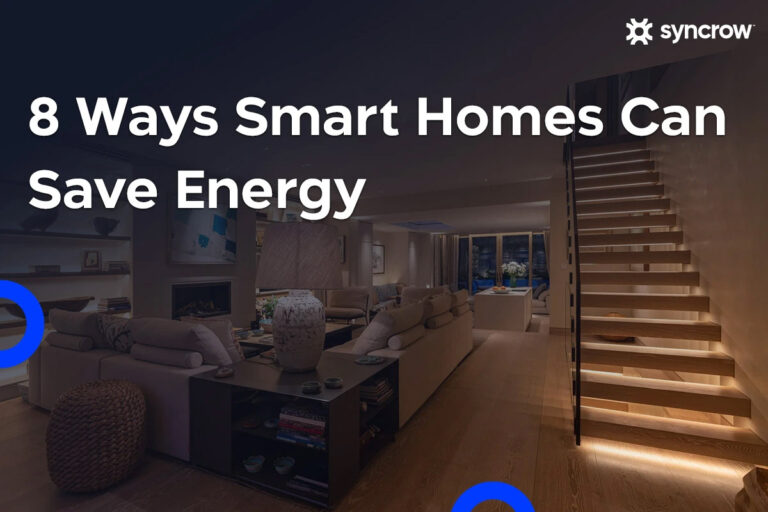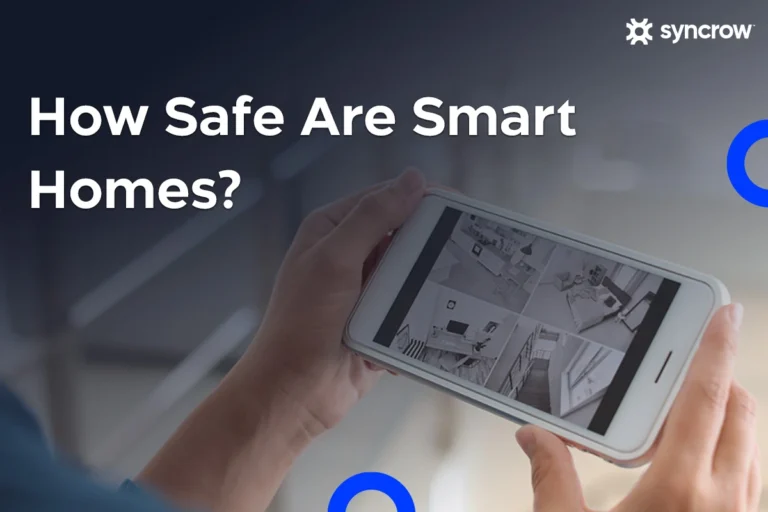Heating, ventilation, and air conditioning (HVAC) systems have long been the backbone of modern comfort. From maintaining the right temperature to ensuring fresh air circulation, they define how we experience indoor spaces.
However, the HVAC system we know today has evolved far beyond simple heating and cooling. The rise of the Internet of Things (IoT) and cloud-based platforms has transformed traditional systems into smart HVAC systems: Intelligent, connected, and deeply integrated components of modern smart buildings.
These systems no longer just react to temperature changes. They also sense, learn, and optimize conditions in real time. As building automation becomes a standard across residential and commercial sectors, smart HVAC systems have emerged as one of its most impactful elements, balancing comfort with energy efficiency, predictive performance, and remote control capabilities.
What is a Smart HVAC System?
A smart HVAC system uses connected devices, intelligent sensors, and cloud software to monitor, adjust, and optimize the heating and cooling of indoor spaces automatically. Unlike traditional HVAC setups, which rely on preset controls and manual operation, a smart system continuously gathers data from the environment (temperature, humidity, etc.) and adjusts performance accordingly.
This intelligence comes from its IoT integration and cloud connectivity. Through this, the system links all devices and control points, including thermostats, air handlers, compressors, and ventilation units, and then puts them into a unified control system. Facility managers can monitor and manage these systems remotely, often through a single dashboard or mobile app.
In essence, what makes an HVAC system smart is not only automation but the ability to learn and adapt. Using data analytics, these systems identify patterns of energy consumption, anticipate needs, and enhance energy efficiency without compromising comfort.
Benefits of Smart HVAC Systems in Building Automation

1. Energy Savings
Energy efficiency is one of the greatest advantages of a smart HVAC system. By using occupancy data and real-time environmental inputs, the system can automatically adjust air conditioning and ventilation to match actual needs. This data-driven HVAC control leads to measurable reductions in energy consumption, directly cutting costs while supporting sustainability goals.
2. Real-Time Data and Sustainability Reporting
Smart HVAC systems continuously monitor data about performance, air quality, and energy usage. This real-time insight allows facility managers to detect inefficiencies early, optimize system settings, and improve the building’s environmental footprint. These metrics are also integral for sustainability reporting, helping organizations track carbon reduction progress and comply with energy standards.
3. Predictive Maintenance
Instead of waiting for faults to occur, smart HVAC technology could identify irregularities before they lead to breakdowns. With the help of IoT-connected sensors, the system monitors vibration, pressure, and temperature data from components. Cloud analytics then predict potential issues, allowing maintenance teams to act early. This approach, sometimes referred to as proactive equipment care, extends system life, minimizes downtime, and prevents costly emergency repairs.
4. Remote Control and Automation
Cloud connectivity brings the power of remote control and automation. Facility managers can adjust air conditioning settings across multiple floors, monitor performance, and respond to system alerts. Integration with broader automation systems also enables scheduling, automatic thermostat adjustments, and intelligent responses to occupancy changes.
5. Enhanced Occupant Experience
Comfort goes beyond temperature. A modern HVAC systems monitor humidity, air quality, and airflow to ensure a healthier indoor environment. By maintaining ideal comfort levels and consistent ventilation, occupants experience cleaner, cooler, and more pleasant surroundings.
6. Staff Optimization
In large commercial buildings, managing HVAC manually can consume significant time and resources. With smart automation and IoT dashboards, staff can focus on strategic improvements rather than routine checks. The system automates adjustments, generates performance insights, and centralizes control, improving operational efficiency and reducing human error.
Core Components of a Smart HVAC Control System
1. IoT Platform
At the center of every smart HVAC system lies the IoT platform. It’s the digital brain that connects devices, processes data, and executes control commands. Through cloud-based dashboards, users can view live metrics, receive maintenance alerts, and manage performance remotely. The platform also integrates with other building controls and IoT devices to create a unified automation system.
2. Smart Thermostats and Sensors
Smart thermostats are the user-facing components that enable real-time temperature adjustments and data collection. They work with sensors that detect temperature, humidity, motion, and air quality to ensure accurate readings and responses. With the help of an advanced HVAC system, these devices learn patterns over time, adjusting settings automatically for energy-efficient comfort.
3. HVAC Equipment
This includes air handlers, compressors, chillers, and ducts that perform the physical heating and cooling. While these components are similar to those in traditional systems, their integration with smart controls enables precise and automated management. Together, they form the mechanical foundation of intelligent climate control.
Sensors Used in Smart HVAC Systems
1. Temperature Sensors
The core of every heating and cooling system, temperature sensors monitor indoor and outdoor temperatures to regulate heating and cooling cycles. They ensure that systems respond accurately to environmental changes.
2. Humidity Sensors
These sensors track humidity levels to maintain optimal comfort and prevent mold or dryness. Adjusting air conditioning and airflow based on humidity data enhances comfort and air health.
3. Occupancy Sensors
By detecting movement or presence in rooms and other spaces, occupancy sensors help optimize energy consumption. They automatically adjust temperature or ventilation in unoccupied areas, preventing unnecessary power use.
4. Air Quality Sensors
Essential for wellness and safety, these sensors measure levels of CO₂, VOCs, and other pollutants. The system adjusts ventilation or activates purifiers when air quality drops below thresholds, creating a cleaner indoor environment.
5. Pressure Sensors
Used to monitor air and refrigerant pressure, these sensors ensure optimal performance and detect leaks early, which supports both energy efficiency and equipment safety.
6. Smart Humidifiers and Purifiers
Integrated humidifiers and purifiers enhance air conditioning system performance by balancing moisture levels and removing airborne contaminants. Together, they ensure healthier airflow and consistent cool comfort.
Integrating Smart HVAC Systems
In New Buildings
In new smart buildings, modern HVAC systems are designed from the ground up to integrate with central control systems and building management platforms. Every sensor, thermostat, and equipment unit communicates seamlessly through IoT and cloud connections. This full integration allows for advanced automation, unified dashboards, and scalable management – ideal for developers aiming to deliver energy-efficient and future-ready properties.
Retrofitting Traditional Buildings
Older buildings can also benefit from retrofitting. With the help of IoT-enabled components, even a traditional HVAC setup can be upgraded without full replacement. Wireless sensors, cloud-based control systems, and smart thermostats can be added to existing units, bringing modern intelligence and remote control to legacy infrastructure. The combination of IoT and cloud technology has made this process practical, cost-effective, and scalable.
Conclusion
As smart building automation continues to evolve, smart heating and cooling systems stand at the center of comfort and efficiency. By combining IoT, data analytics, and intelligent HVAC control, they redefine how buildings breathe, cool, and adapt to human presence.
At Syncrow, we design smart building solutions that integrate smart HVAC systems seamlessly into any new or existing property. Our IoT platform, SyncOS, connects devices, sensors, and control systems through a unified cloud interface, allowing businesses and developers to create intelligent, energy-efficient environments that are responsive, reliable, and built for the future.
Contact us today for a free consultation about your smart building needs.




